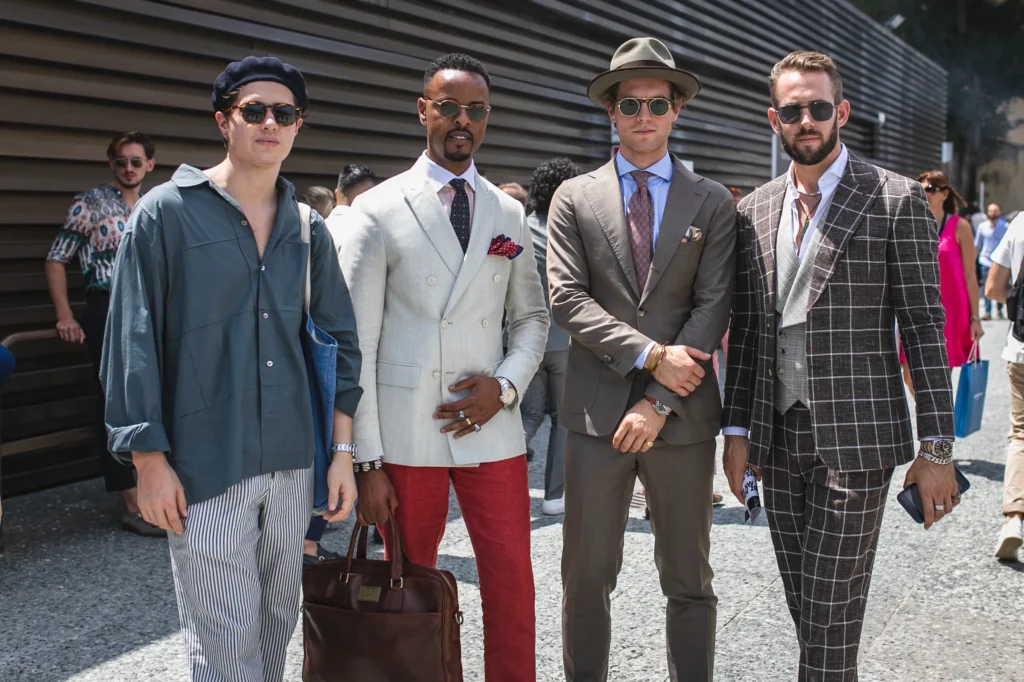Streetwear has come a long way from its origins in the streets and subcultures of urban areas.
What started as a fashion movement influenced by skateboarding and hip-hop culture has now become a global phenomenon that has captured the hearts of fashion-forward individuals around the world. In this blog post, we’ll take a closer look at the rise of streetwear, exploring its history, influences, and journey from subculture to mainstream fashion trend.
The Origins of Streetwear
Streetwear traces its roots back to the 1980s and 1990s when it emerged as a subculture fashion movement in the urban areas of New York, Los Angeles, and other major cities. It was heavily influenced by the skateboard and hip-hop cultures, with a focus on comfort, casual style, and self-expression. Skateboarders and hip-hop artists alike embraced oversized hoodies, baggy jeans, graphic tees, and sneakers as key elements of their wardrobe, creating a unique and distinct fashion aesthetic.
The Evolution of Streetwear
From its underground beginnings, streetwear began to gain mainstream popularity in the late 1990s and early 2000s, propelled by influential brands and celebrities who embraced the style. Streetwear brands such as Supreme, Stüssy, and A Bathing Ape (Bape) gained a cult following, with their limited edition drops and iconic logo-centric designs capturing the attention of fashion enthusiasts. Celebrities like Pharrell Williams, Kanye West, and Rihanna also embraced streetwear as part of their personal style, further fueling its rise in mainstream fashion.
The Key Elements of Streetwear
At the heart of streetwear is its unique blend of comfort, individuality, and attitude. Streetwear prioritizes relaxed and casual styles that allow for ease of movement and practicality in urban environments. Oversized hoodies, sweatshirts, joggers, cargo pants, graphic tees, and sneakers are common staples of a streetwear wardrobe, often featuring bold logos, graphics, and statement prints. Streetwear also emphasizes individuality and self-expression, encouraging people to create their own unique looks by mixing and matching different pieces and styles. Moreover, streetwear exudes a bold attitude that reflects confidence and authenticity, making a fashion statement that goes beyond just clothing.
The Popularity of Streetwear
In recent years, streetwear has gained widespread popularity, transcending its subculture roots and becoming a mainstream fashion trend. Streetwear has become a go-to choice for many people, regardless of age, gender, or background, who appreciate its comfort, versatility, and unique style. Streetwear has also broken barriers of gender norms, with many streetwear brands embracing inclusivity and offering unisex styles that cater to all body types and identities. Furthermore, streetwear has become a form of self-expression and a way for individuals to showcase their personal style and identity.
The Impact of Streetwear
The rise of streetwear has had a significant impact on the fashion industry as a whole. It has disrupted traditional fashion norms and challenged the status quo, ushering in a new era of casual and comfortable style. Streetwear has also influenced high-end fashion, with luxury brands incorporating streetwear elements into their collections and collaborations with streetwear brands becoming highly sought-after. Additionally, streetwear has created a sense of community and loyalty among its fans, with social media playing a crucial role in the rise and promotion of streetwear culture.
In Conclusion
From its humble beginnings as a subculture fashion movement to its current status as a mainstream fashion phenomenon, streetwear has come a long way. Its comfort, individuality, and attitude have captured the hearts of fashion enthusiasts worldwide, transcending age, gender, and background. Streetwear has disrupted
